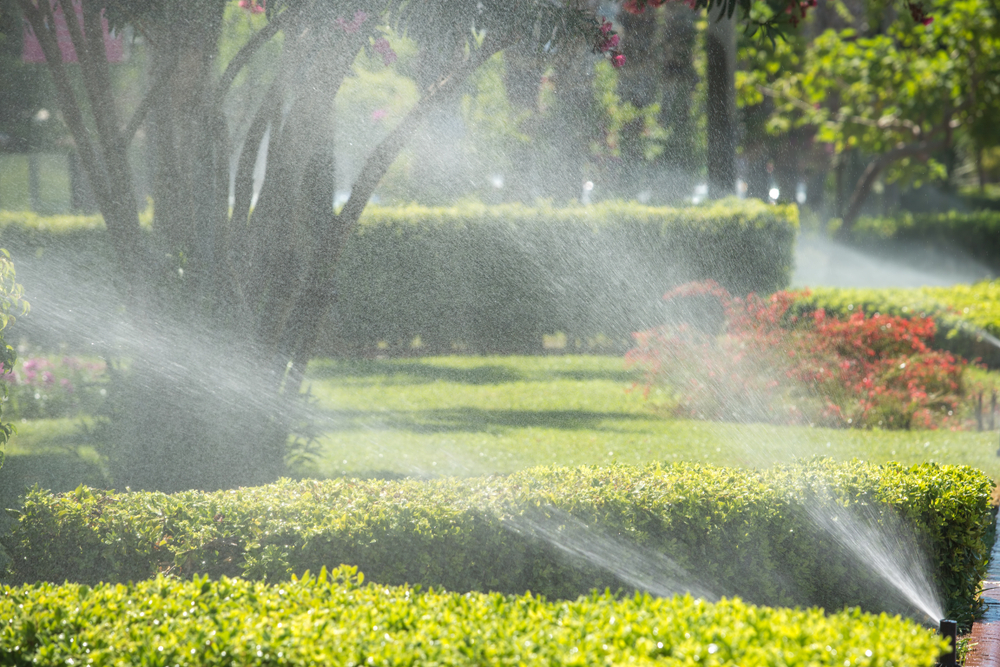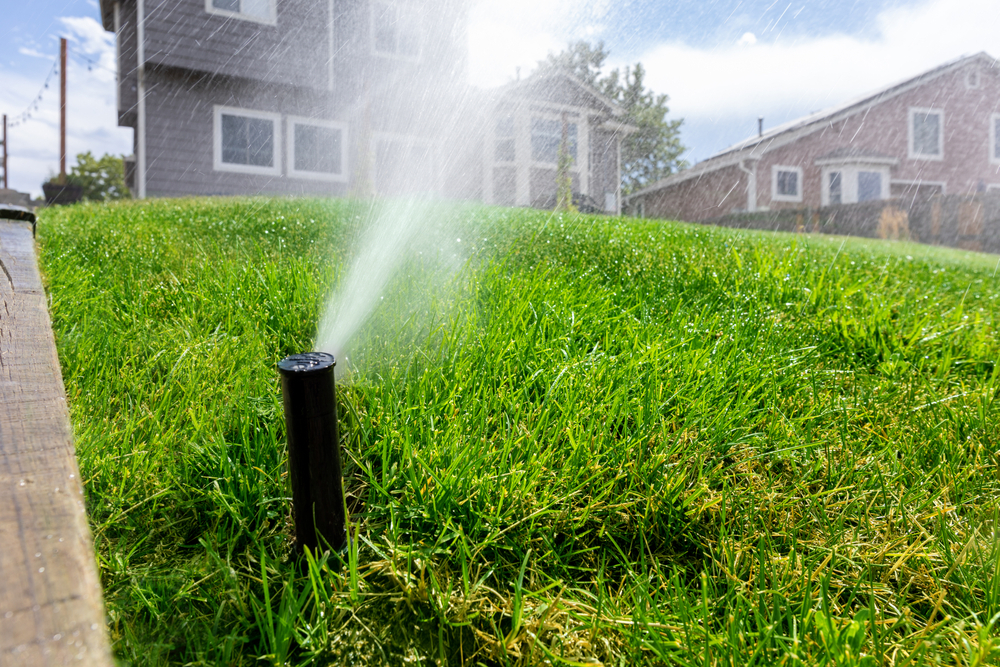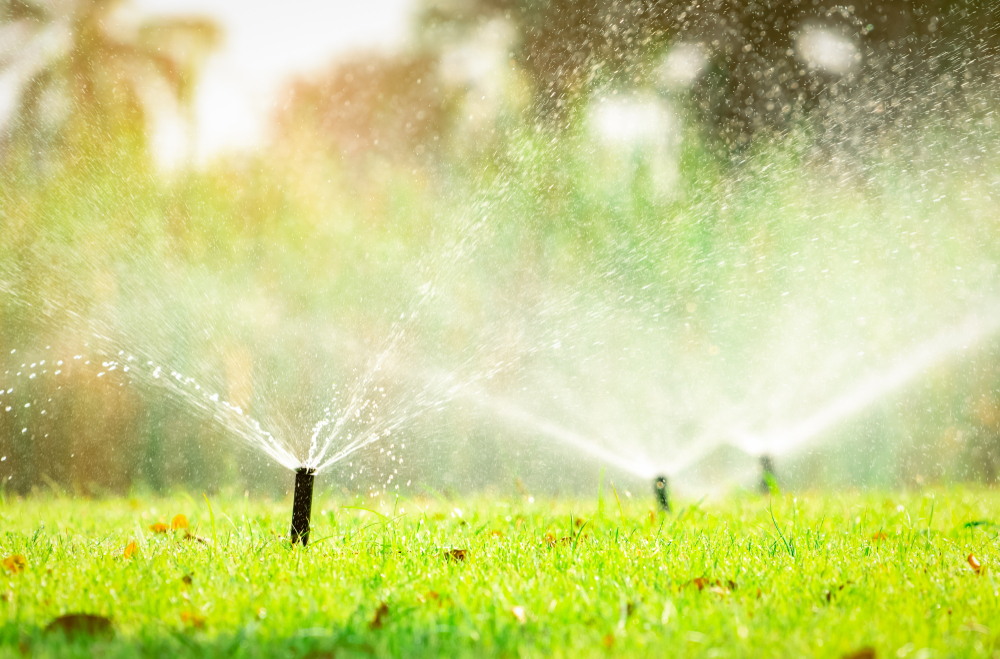In the heart of Texas, Austin is a vibrant oasis within a semi-arid climate. The city's residents have become well-acquainted with the challenges of maintaining lush landscapes while conserving precious water resources. Local watering guidelines are essential for ensuring both your garden's health and the region's sustainability. Let's explore how to adapt your sprinkler systems and irrigation repairs accordingly.
Understanding Austin's Climate and Water Conservation Imperative
 Austin's climate is characterized by hot, dry summers and relatively mild winters. This arid environment means that water conservation is not just a choice; it's an imperative. The Colorado River, the city's primary water source, can experience periods of low flow during droughts, necessitating strict water use regulations.
Austin's climate is characterized by hot, dry summers and relatively mild winters. This arid environment means that water conservation is not just a choice; it's an imperative. The Colorado River, the city's primary water source, can experience periods of low flow during droughts, necessitating strict water use regulations.
Local Watering Guidelines in Austin, TX
The City of Austin, in collaboration with the Lower Colorado River Authority (LCRA), has developed a comprehensive set of watering guidelines to help residents maintain healthy landscapes while adhering to water conservation measures. Here's a breakdown of these local irrigation guidelines:- Watering Days: In Austin, lawn watering is allowed twice a week during specific days and times based on the last digit of your address. Odd-numbered addresses may water on Wednesdays and Saturdays, while even-numbered addresses are permitted to water on Thursdays and Sundays. No watering is allowed between 10:00 AM and 7:00 PM.
- Watering Duration: Watering should be efficient and limited to prevent wastage. Lawns and landscaped areas should receive no more than one inch of water per week, including rainfall. It's important to adjust your sprinkler system accordingly to avoid overwatering.
- Automatic Irrigation Systems: Automatic irrigation systems, such as sprinklers, should be equipped with rain and freeze sensors to prevent unnecessary watering during adverse weather conditions.
- Hand Watering and Drip Irrigation: While these guidelines primarily focus on automatic irrigation systems, it's essential to note that hand watering and drip irrigation are exempt from the watering schedule but should still be practiced mindfully.
- New Plantings: Newly installed landscapes and plants have different watering needs. For the first 30 days, watering is permitted any day of the week before 10:00 AM and after 7:00 PM. After the initial establishment period, these plants should adhere to the regular watering schedule.
- Fountains and Pools: Decorative fountains and pools must have recirculating pumps to prevent water loss through evaporation.
Adapting Your Sprinkler System to Local Regulations
 Adhering to local watering guidelines in Austin necessitates adapting your sprinkler system to ensure both compliance and efficiency. Here are some key steps to take:
Adhering to local watering guidelines in Austin necessitates adapting your sprinkler system to ensure both compliance and efficiency. Here are some key steps to take:
- Install Smart Controllers: Smart sprinkler system controllers automatically adjust watering schedules using weather data. They can help you adhere to local guidelines by preventing watering during restricted hours and reducing water waste during rainy periods.
- Regular Maintenance: Ensure your sprinkler system is in good working order. Check for leaks, clogs, or misaligned heads that could lead to water waste. Schedule regular inspections and repairs to keep your system running efficiently.
- Zone Your Landscape: Divide your landscape into zones based on the water needs of different plant types and sun exposure. This allows you to tailor lawn treatments for optimal efficiency.
- Adjust Sprinkler Heads: Make sure that your sprinkler heads are properly adjusted to avoid overspray onto sidewalks or driveways, which can result in wasted water.
- Upgrade to Drip Irrigation: Consider using drip irrigation for flower beds, shrubs, and trees. Drip systems are highly efficient and can deliver water directly to the root zone, reducing evaporation and runoff.
- Rain Sensors: Install rain sensors that can automatically shut off your sprinkler system when they detect rainfall. This helps prevent overwatering and ensures compliance with watering restrictions.
- Regularly Update Your System: Stay informed about changes in local watering guidelines. As regulations evolve, update your sprinkler system settings accordingly to remain compliant.

